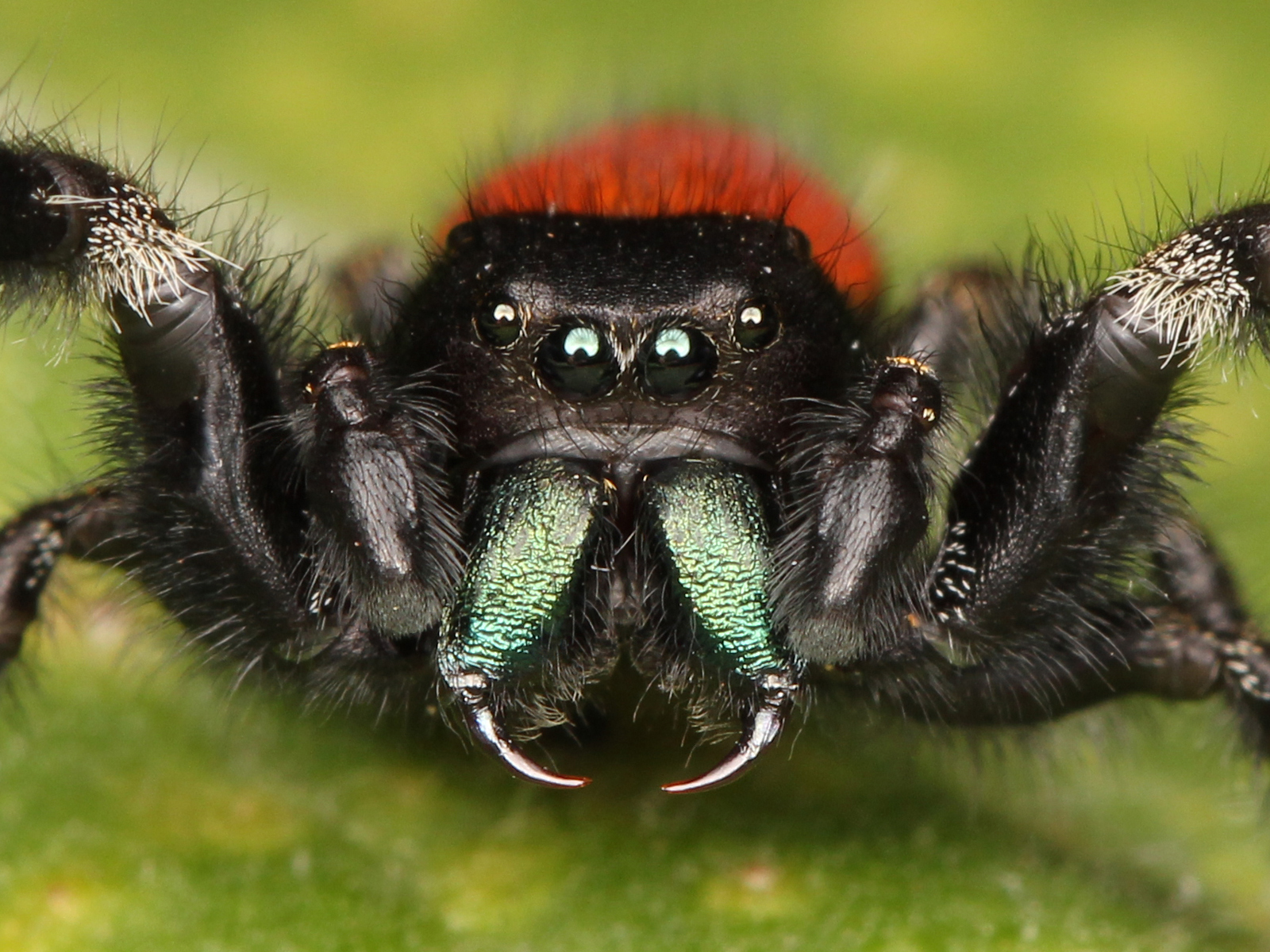Spiders are fascinating creatures with unique adaptations that allow them to be effective predators. One common question people ask is whether spiders have teeth in addition to their well-known fangs. Understanding the anatomy of a spider’s mouth can provide insights into how they hunt, capture, and consume their prey.


Spider Mouth Anatomy
A spider’s mouth is a complex structure designed specifically for its predatory lifestyle. Unlike mammals, spiders do not have jaws that allow them to chew food. Instead, their mouthparts are specialized for piercing, injecting venom, and consuming liquefied prey. The primary components of a spider’s mouth include the chelicerae, fangs, and a structure that can be described as teeth. The chelicerae are the first pair of appendages near a spider’s mouth and play a crucial role in feeding. These appendages end in fangs, which are hollow and connected to venom glands. The fangs are used to inject venom into prey, immobilizing or killing it. Once the prey is subdued, the spider uses its fangs to begin the process of digestion by injecting enzymes that liquefy the prey’s internal tissues.
Function of Spider Fangs
The fangs are the most recognizable part of a spider’s mouth anatomy. They serve a dual function: injecting venom and piercing the prey’s body. When a spider captures its prey, it uses its fangs to deliver a dose of venom that both paralyzes the prey and starts breaking down its tissues. This venom contains digestive enzymes that liquefy the insides of the prey, making it easier for the spider to consume. In addition to their role in feeding, the fangs also serve as a defense mechanism. If threatened, a spider can use its fangs to deliver a painful bite to predators or humans, although most spider bites are harmless to humans.Function of Spider Teeth
While spiders do not have teeth in the traditional sense as mammals do, they have structures that can function similarly in some species. These structures, often referred to as “molar teeth” or serrated edges, are found on the chelicerae near the base of the fangs. These “teeth” are used to help grind or crush prey after it has been immobilized and partially digested by the venom. These teeth-like structures are not used for chewing but rather for breaking down larger pieces of prey into smaller, more manageable portions that can be further liquefied. This adaptation is particularly useful for spiders that consume prey with tougher exoskeletons or when dealing with prey that is larger than usual.
How Spiders Consume Their Prey?
After the prey has been immobilized and partially digested by the spider’s venom, the spider uses its chelicerae and fangs to manipulate the prey. The spider then uses its sucking stomach to draw the liquefied nutrients into its body. This process allows the spider to consume its meal efficiently, extracting as much nutrition as possible while leaving behind the indigestible parts of the prey, such as the exoskeleton. This method of external digestion and the specialized structures in a spider’s mouth are key to its survival, enabling it to capture and consume small insects and larger arthropods as well. Myths and Facts About Spider Mouth Anatomy| Myth | Fact |
| Spiders have teeth like mammals. | Spiders do not have teeth like mammals but have structures that function similarly. |
| All spiders can chew their food. | Spiders do not chew; they liquefy their prey’s insides and then consume the liquid. |
| Fangs are only used for injecting venom. | Fangs are also used to pierce prey and deliver digestive enzymes. |
| Spiders swallow their prey whole. | Spiders consume only the liquefied portions of their prey. |
| Spider bites are always dangerous. | Most spider bites are harmless to humans, with only a few species posing serious risks. |


